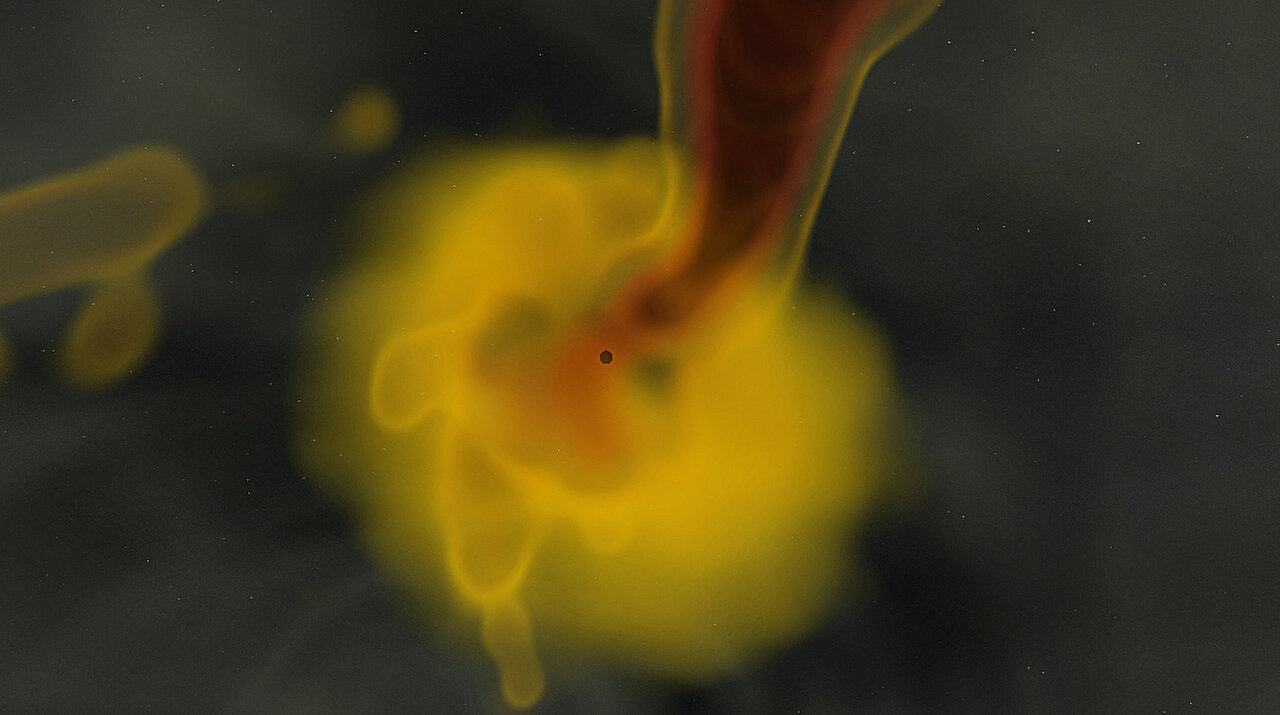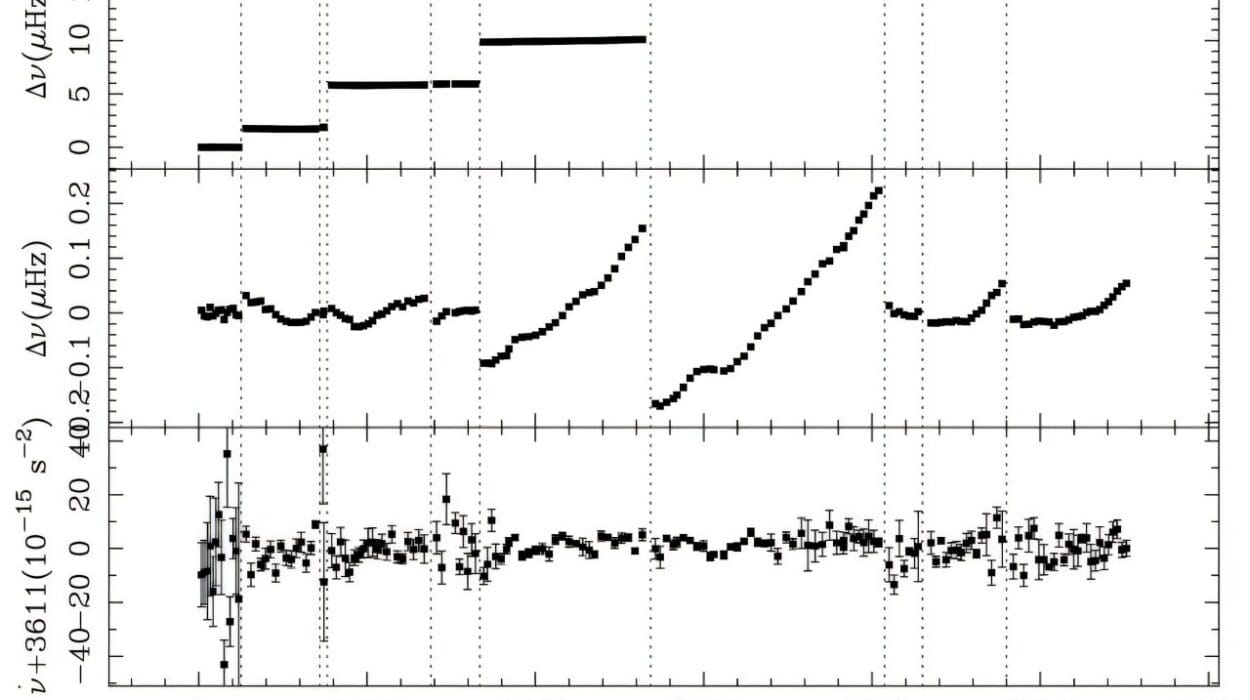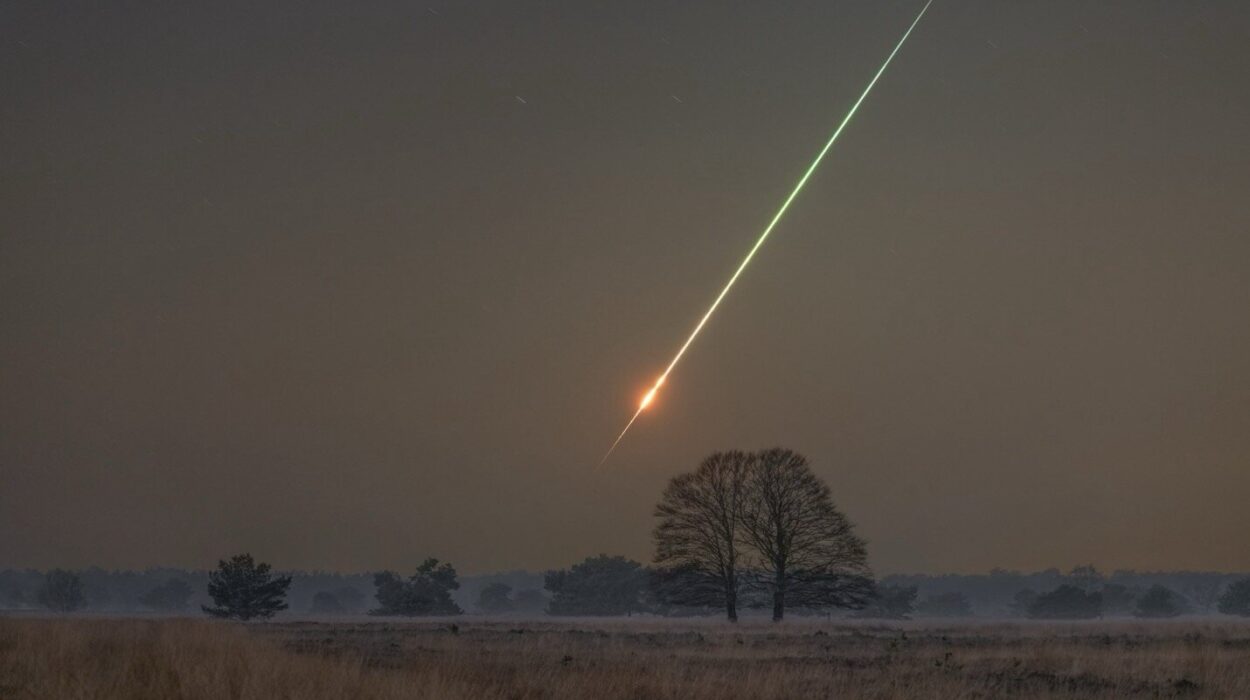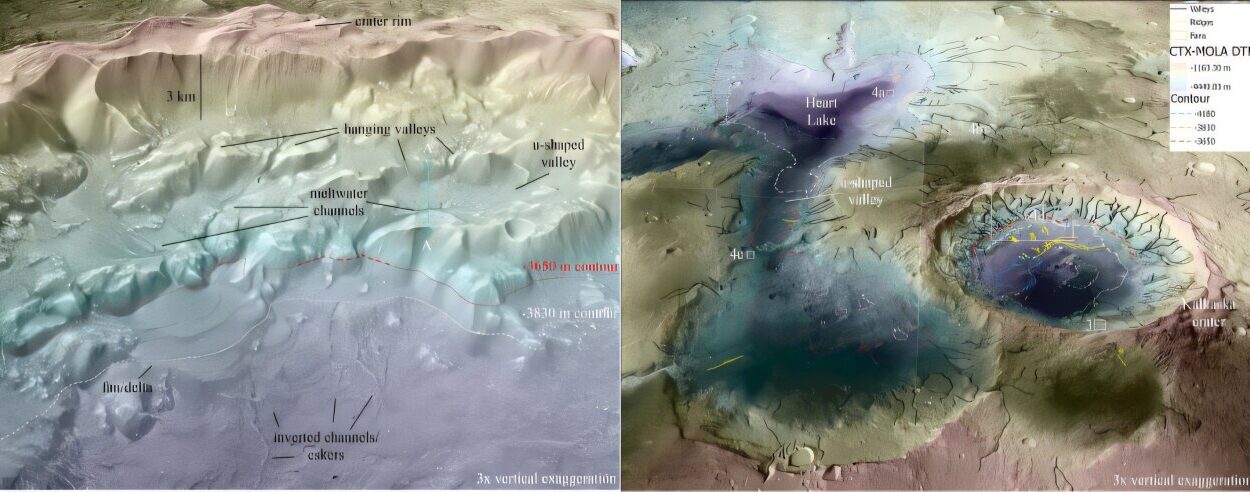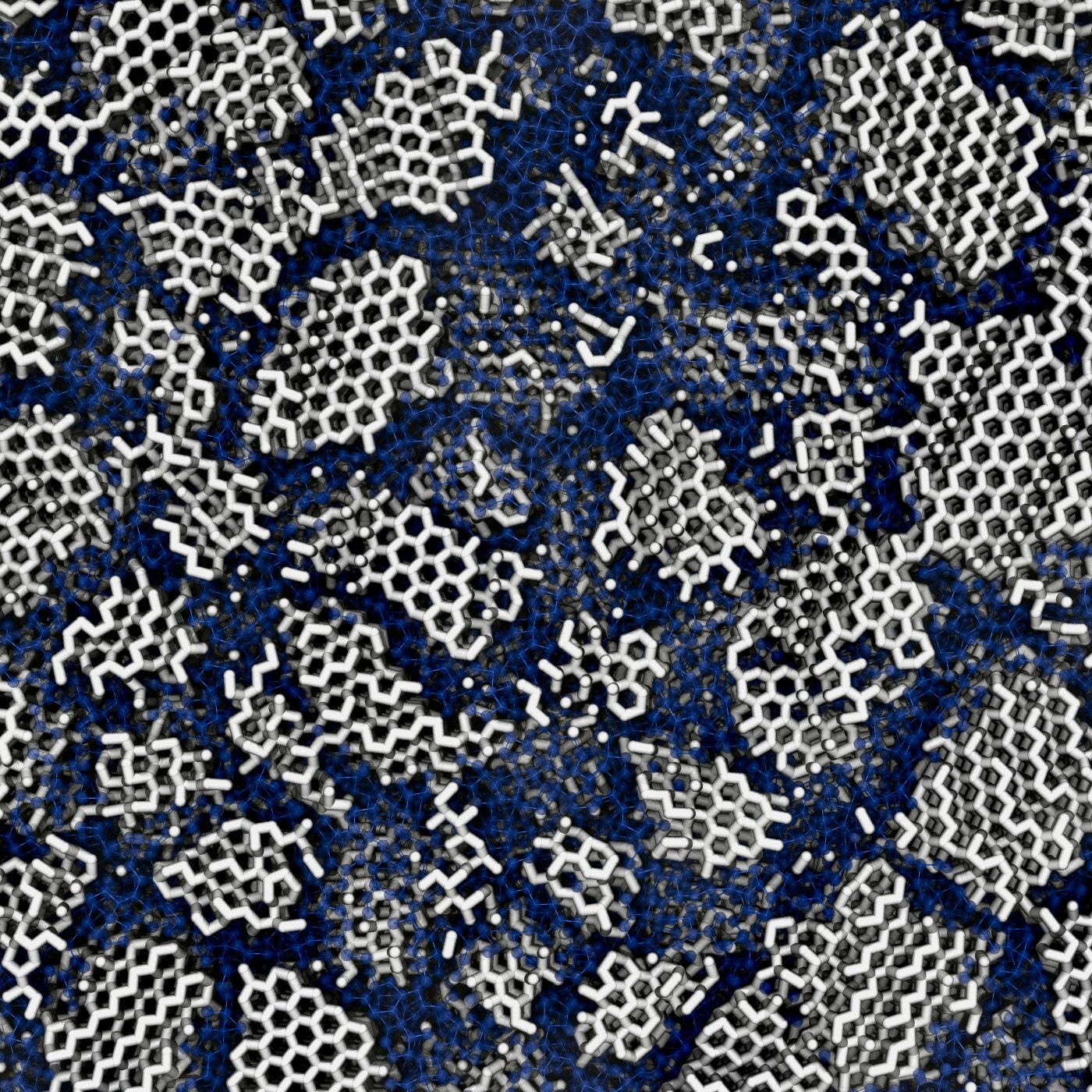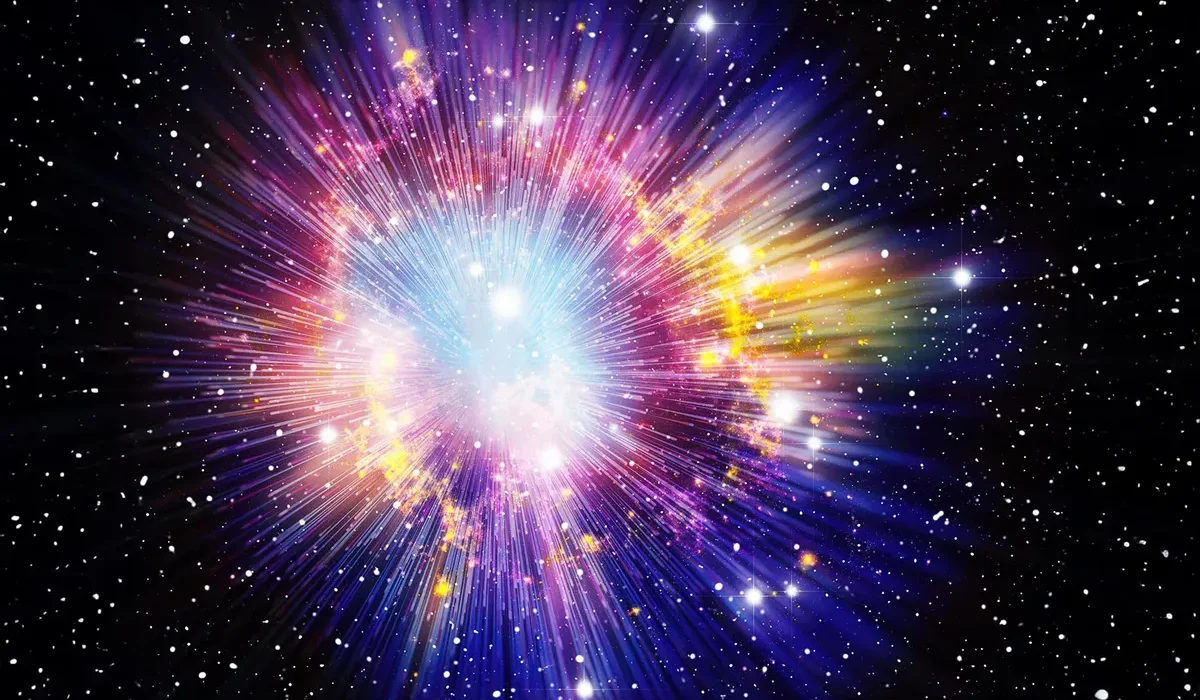In 2023, astronomers witnessed something that defied everything they thought they knew about the cosmos. Billions of light-years away, two enormous black holes—each far more massive than any seen before—spiraled toward one another and collided in a cataclysm so powerful it sent ripples through the very fabric of space-time. Those ripples, known as gravitational waves, traveled across the universe and were eventually detected by the LIGO-Virgo-KAGRA observatories here on Earth.
The event, named GW231123, was unlike anything astronomers had encountered. The black holes were not only immense, but they were also spinning at extraordinary speeds—so fast they dragged the space-time around them almost to the speed of light. And that was the problem. According to every existing model of how stars live and die, black holes like these simply should not exist.
The Forbidden Mass Gap
When massive stars reach the end of their lives, they collapse under their own gravity and often explode as supernovae, leaving behind dense remnants such as neutron stars or black holes. But there’s a curious rule in the universe: if a star falls within a certain mass range—roughly 70 to 140 times the mass of the Sun—it cannot leave a black hole behind at all. Instead, it dies in a special kind of explosion known as a pair-instability supernova, an event so violent it completely obliterates the star, leaving nothing but stardust behind.
This creates what scientists call a “mass gap”—a range of black hole sizes that nature isn’t supposed to produce. Yet the black holes of GW231123 sat squarely inside that forbidden range. Their enormous masses and their dizzying spins made no sense.
At first, astronomers proposed that perhaps these black holes were themselves the children of earlier mergers—smaller black holes colliding and combining over time. But that didn’t quite fit either. Merging black holes tend to lose their alignment, producing chaotic spins. The black holes of GW231123, by contrast, were perfectly fast and perfectly ordered.
The universe, it seemed, was breaking its own rules.
A New Way of Seeing the Invisible
To solve this cosmic riddle, astrophysicist Ore Gottlieb and his team at the Flatiron Institute’s Center for Computational Astrophysics (CCA) decided to take a fresh approach. Instead of treating black hole formation as a simple chain of cause and effect, they created advanced simulations that followed the entire life story of massive stars—from birth to death to black hole formation.
Most previous models had ignored one crucial ingredient: magnetic fields. “No one has considered these systems the way we did,” Gottlieb explained. “Previously, astronomers just took a shortcut and neglected the magnetic fields. But once you include them, you can actually explain the origins of this unique event.”
Magnetic fields, though invisible, are some of the most powerful forces in the universe. They shape galaxies, guide stellar winds, and influence how matter behaves around stars and black holes. The idea that they might also control how massive black holes form opened a new frontier of exploration.
Recreating the Death of a Giant
Gottlieb’s team began by simulating the life of a colossal star roughly 250 times the mass of the Sun. Over millions of years, this giant burned through its nuclear fuel, slowly shedding material and shrinking down to about 150 solar masses by the time it reached the end of its life. That placed it just above the dreaded mass gap—massive enough to form a black hole, but close to the threshold where it could have been completely destroyed.
Then the star’s life ended. Gravity crushed its core, triggering a spectacular supernova. What remained was a newborn black hole surrounded by a swirling cloud of gas and debris—the remains of its parent star.
Traditional models assumed that nearly all this leftover material would fall into the black hole, increasing its mass to match that of the original star. But when Gottlieb’s team added magnetic fields to their simulations, the story changed dramatically.
The Hidden Power of Magnetic Fields
As the collapsing star’s debris formed a spinning disk around the newborn black hole, magnetic fields began to play an astonishing role. They threaded through the disk like invisible scaffolding, tugging on the swirling plasma and generating intense pressure.
This magnetic pressure did something unexpected: it launched powerful jets of material outward from the disk at nearly the speed of light. Instead of all the stellar material falling inward, much of it was ejected into space. In the most extreme cases, these outflows could blow away up to half of the star’s mass before it could be consumed by the black hole.
This changed everything. With less material feeding into it, the final black hole ended up significantly lighter than the star that birthed it. It landed squarely within the mass gap—precisely where astronomers had thought no black hole could exist.
“We found that the presence of rotation and magnetic fields may fundamentally change the post-collapse evolution of the star,” Gottlieb explained. “It can make the black hole’s mass much lower than the total mass of the collapsing star.”
The Spin–Mass Connection
The simulations didn’t just solve the mystery of the black holes’ masses—they also offered an explanation for their extreme spins. The team discovered that magnetic fields can regulate how much angular momentum, or spin, the collapsing material transfers to the black hole.
If the magnetic fields are strong, they carry away some of the star’s rotational energy, leading to lighter, slower-spinning black holes. But if the magnetic fields are weak, more of the star’s angular momentum ends up inside the black hole, making it heavier and faster-spinning.
This delicate interplay between magnetic field strength, mass, and spin suggests a deeper, universal law may be at work—a cosmic balance that ties a black hole’s properties together. If confirmed, it could help explain the wide variety of black holes observed throughout the universe, from stellar remnants to supermassive giants at the centers of galaxies.
Echoes of Creation: Gamma-Ray Signatures
The simulations revealed another clue that could help astronomers test their theory. The violent outflows powered by magnetic fields are expected to produce bursts of gamma rays, the universe’s most energetic form of light. These bursts, if detected, would serve as fingerprints of the very process that created these unusual black holes.
Such gamma-ray flashes may already be lurking in existing telescope data, waiting to be connected to gravitational wave detections like GW231123. Finding that link would provide direct evidence for the role of magnetic fields in shaping massive black holes—and reveal how common these events might be across cosmic history.
Rewriting the Story of Cosmic Death
The discovery represents more than just a solution to one astrophysical puzzle—it reshapes our understanding of how stars die and how black holes are born. For decades, scientists thought they had mapped out the life cycles of massive stars. But Gottlieb’s work suggests that the universe still holds surprises.
Magnetic fields, often treated as a minor detail, may turn out to be the key to one of the universe’s grandest mysteries. They could explain not only how forbidden black holes form, but also why some spin wildly while others remain calm.
This research also reminds us of something deeper: that even in the vast, silent reaches of space, the universe is dynamic and creative. Forces we cannot see sculpt matter and energy into forms that challenge imagination, blurring the line between what is possible and what is not.
A Glimpse Into the Unknown
The black holes of GW231123 may have collided seven billion years ago, but their story only reached us now, carried on waves of warped space-time. Those ripples told us that something extraordinary had happened—a meeting of giants, born in defiance of the universe’s own rules.
Thanks to new simulations and the power of human curiosity, we now have a glimpse into how such cosmic rebels might have formed. But the mystery is far from over. As gravitational wave observatories and telescopes become more sensitive, astronomers expect to uncover many more strange collisions lurking in the dark.
Each detection adds a verse to the universe’s grand narrative—a story written not in ink, but in starlight, magnetism, and gravity.
In the end, the impossible black holes of GW231123 are a testament to a timeless truth: the cosmos still has secrets to share, and every mystery solved only deepens our sense of wonder at the vast, beautiful machinery of existence.
More information: Ore Gottlieb et al, Spinning into the Gap: Direct-horizon Collapse as the Origin of GW231123 from End-to-end General-relativistic Magnetohydrodynamic Simulations, The Astrophysical Journal Letters (2025). DOI: 10.3847/2041-8213/ae0d81
